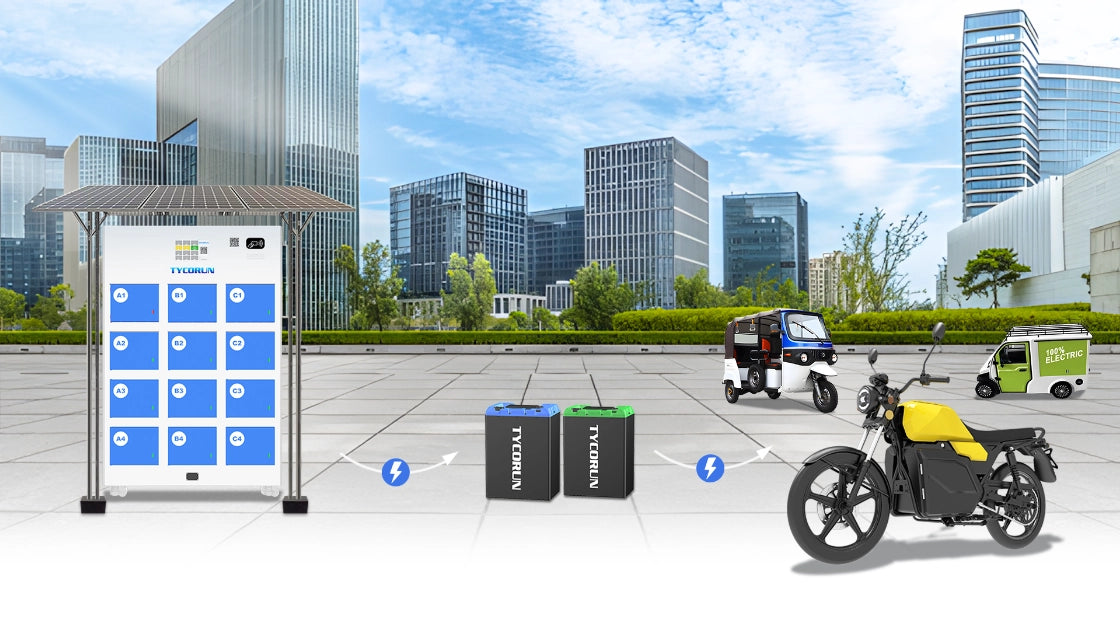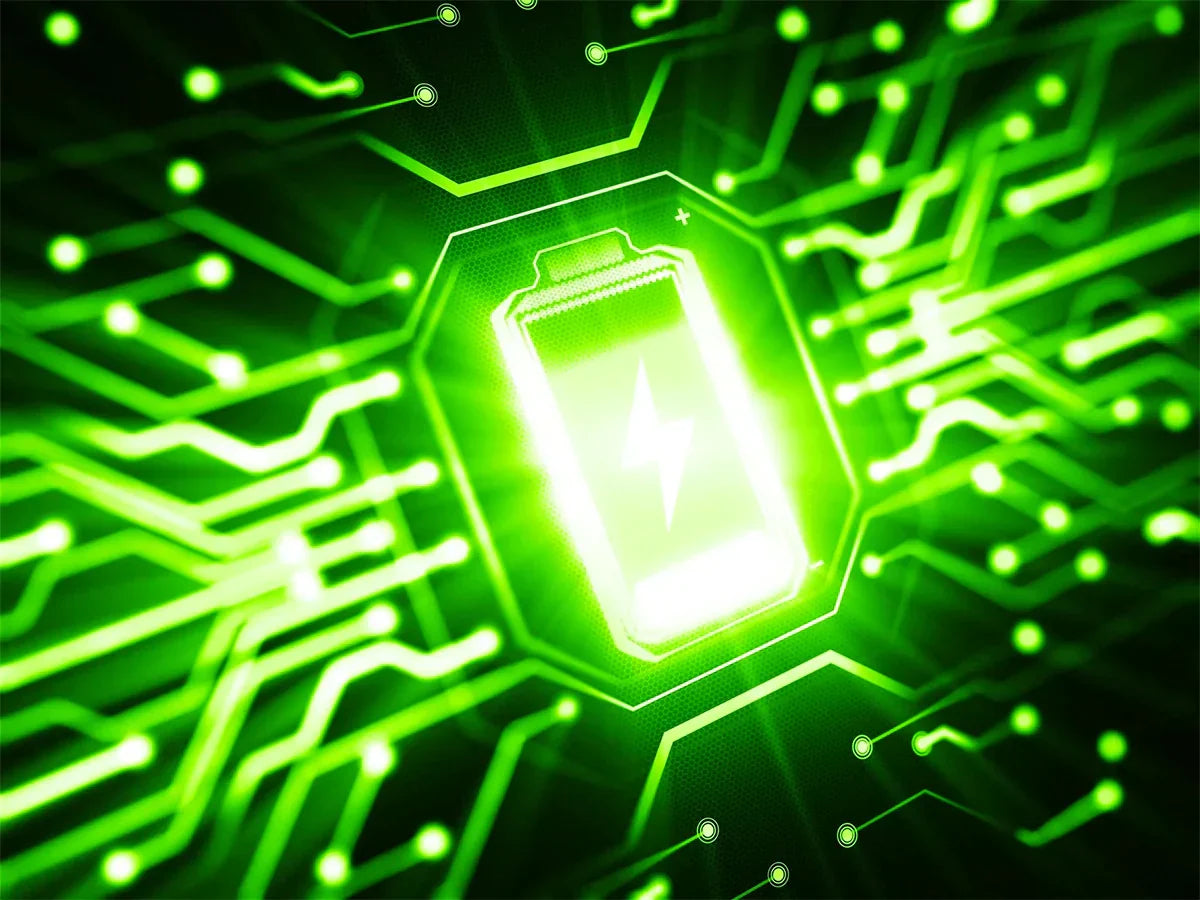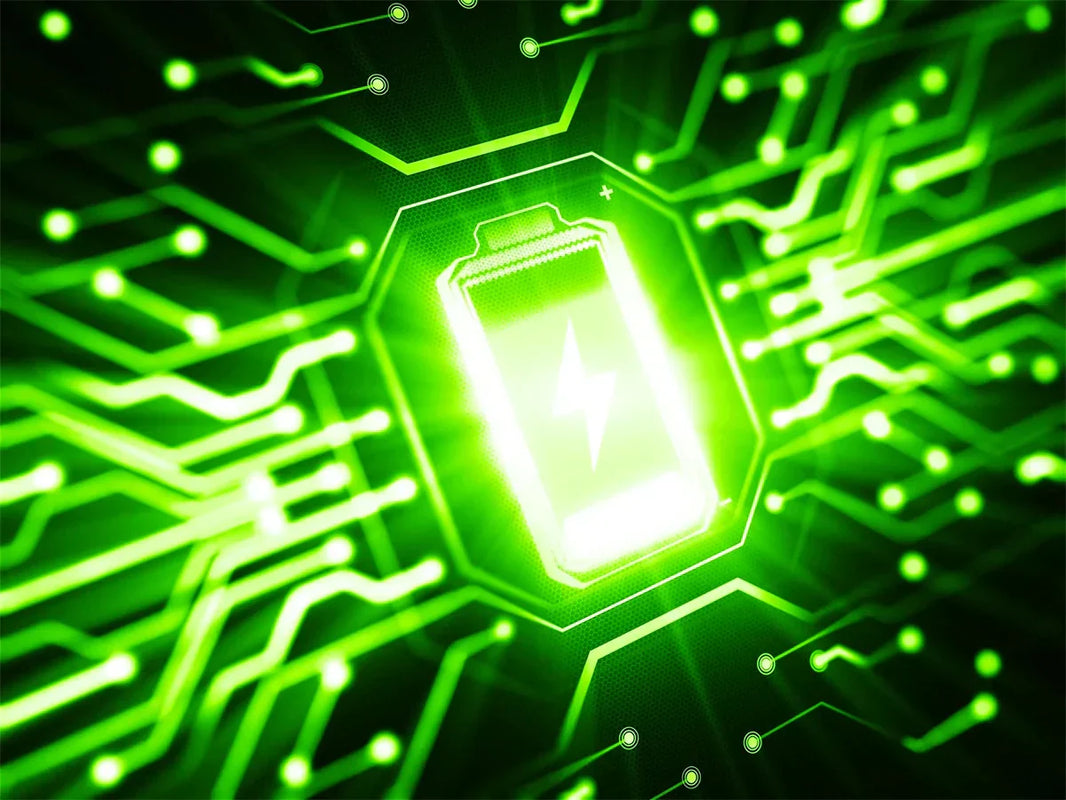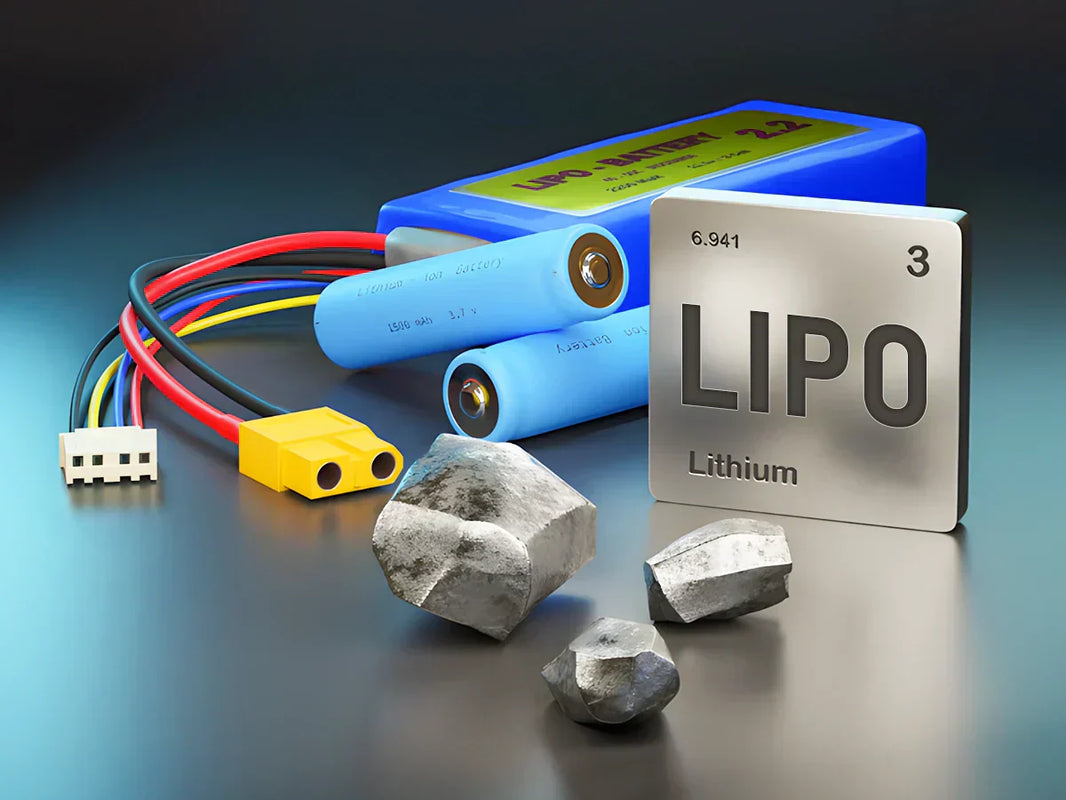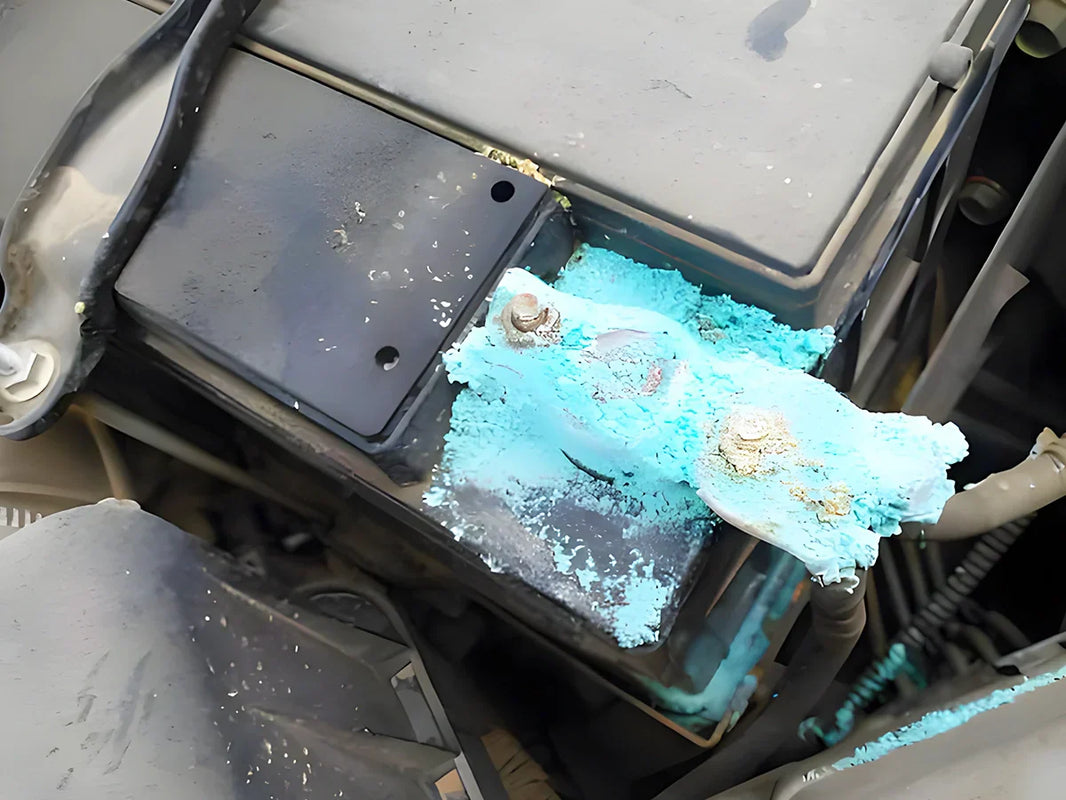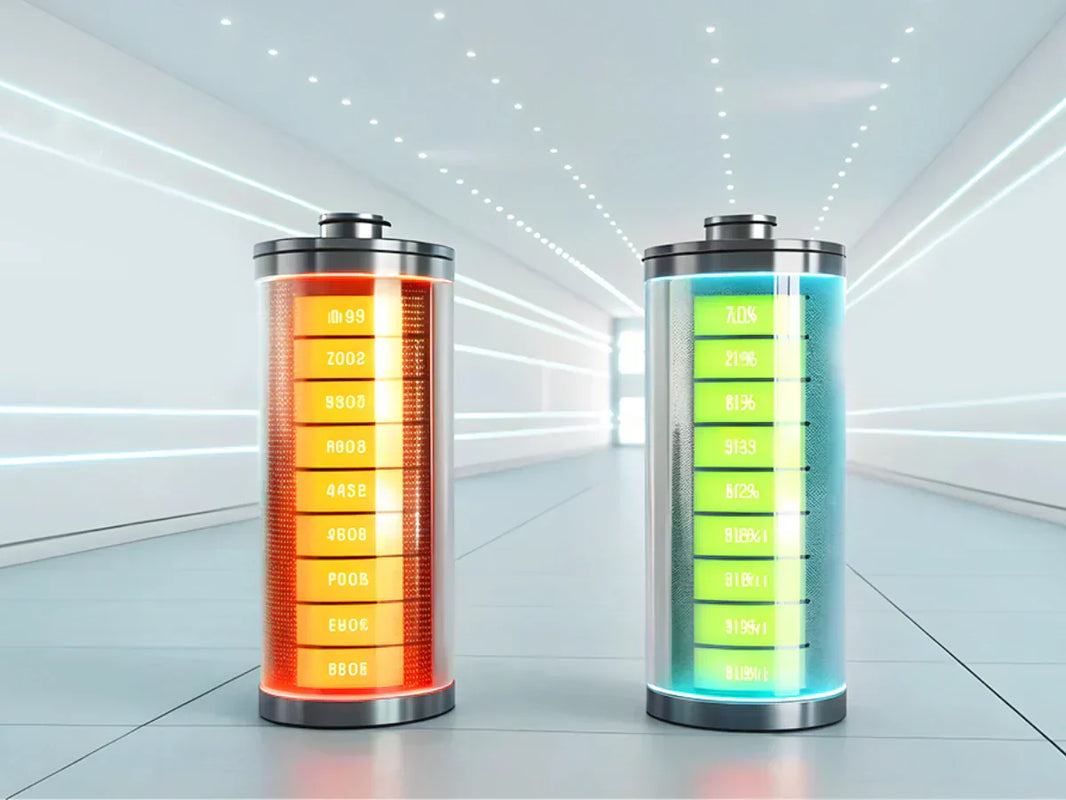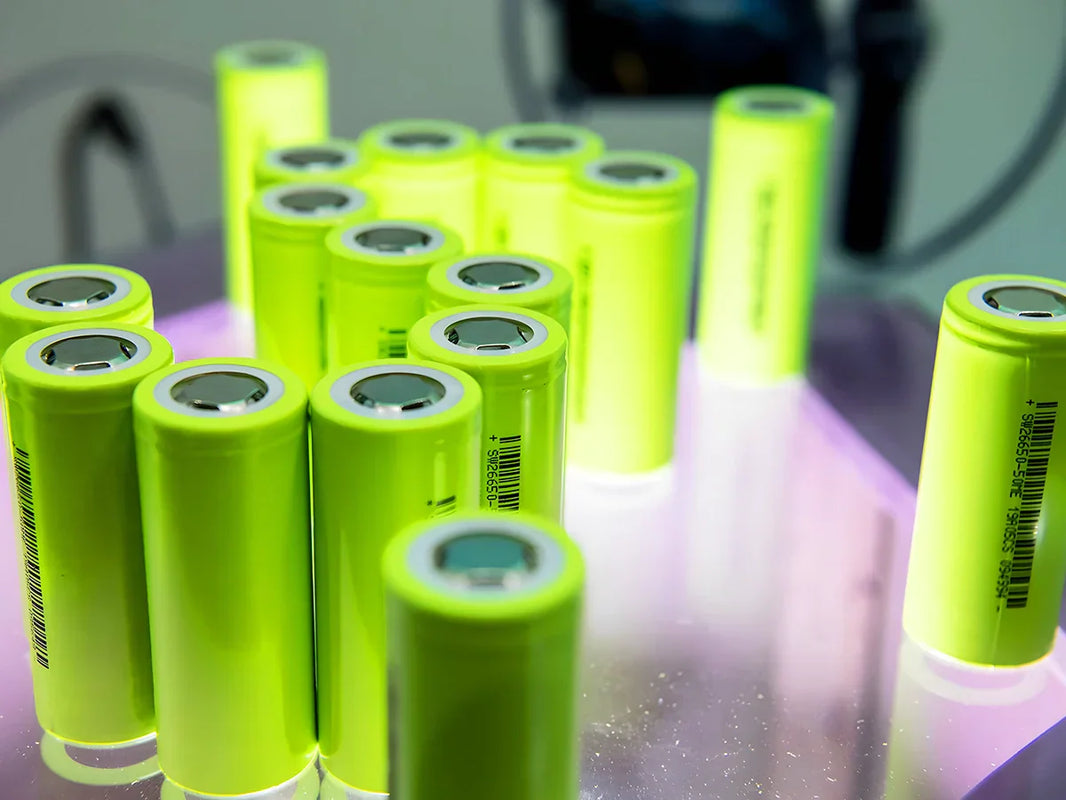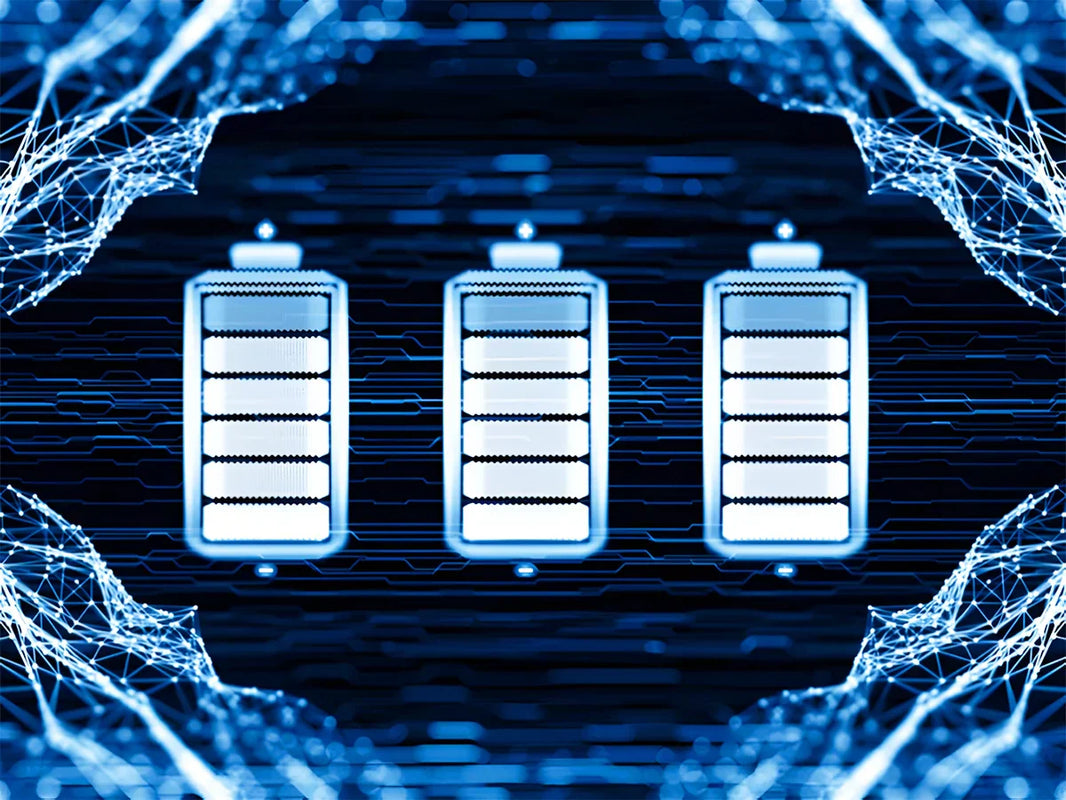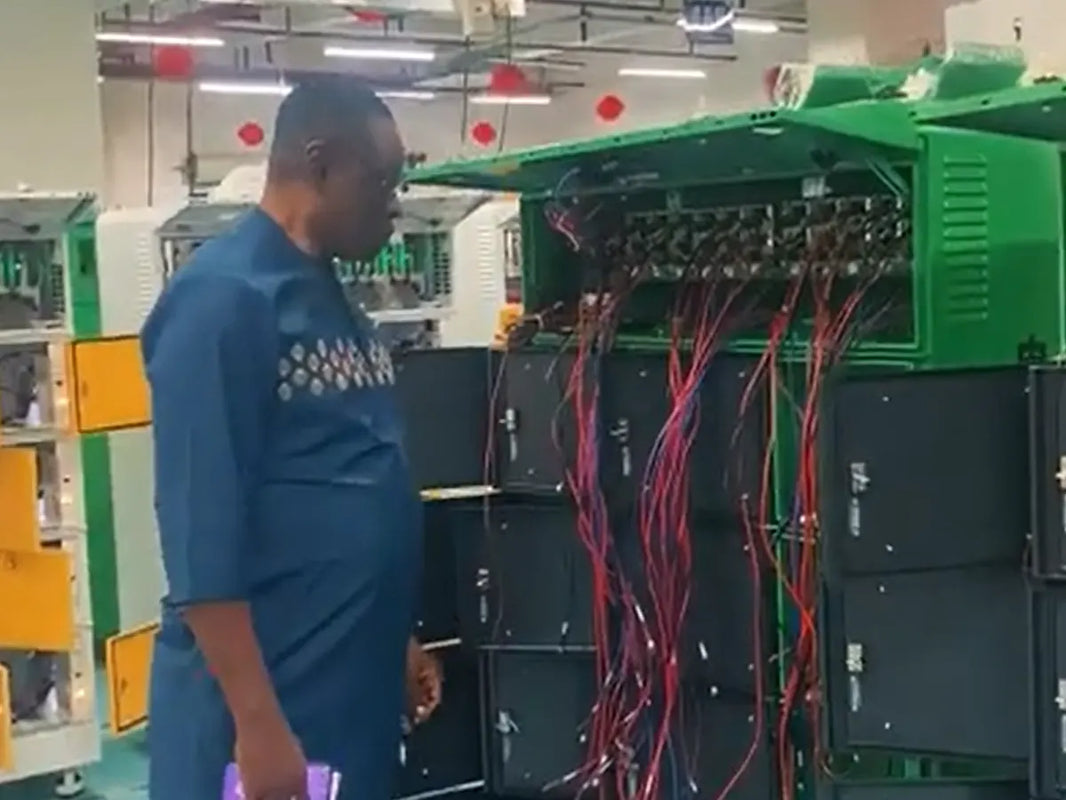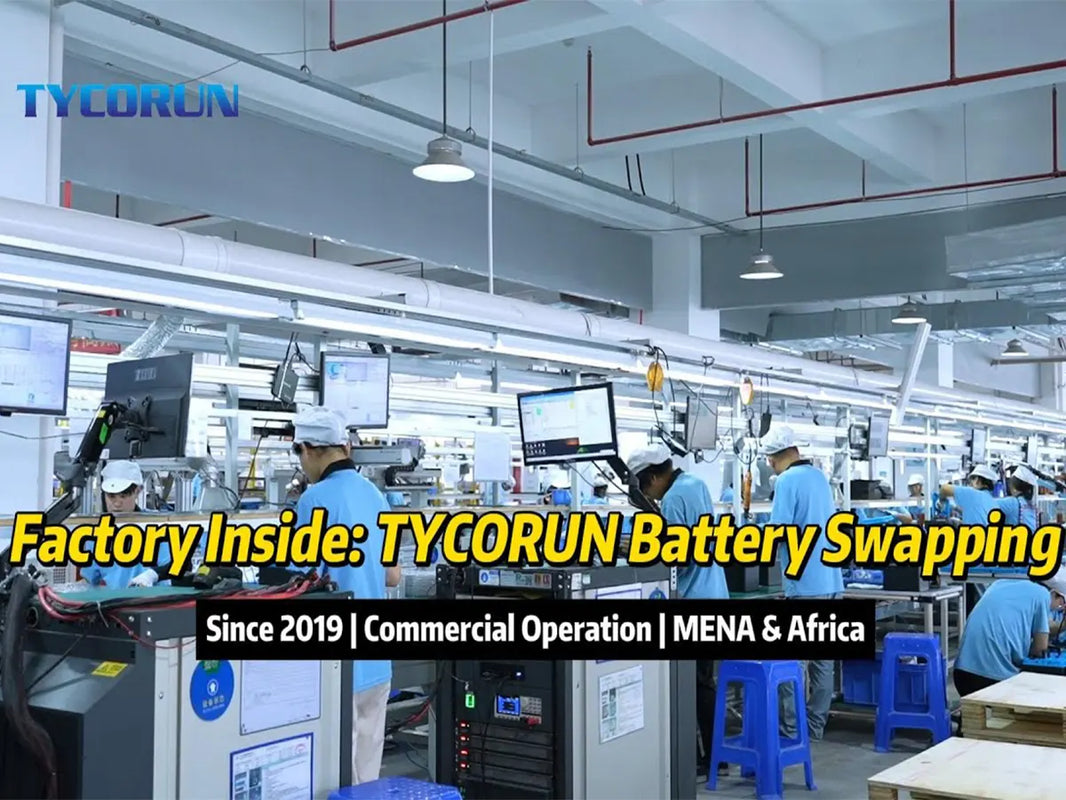
Main content:
- What is Float Voltage
- Characteristics of Float Charging
- Differences Between Float Voltage, Charging Voltage, and Cut-off Voltage
- Two Stages of Battery Charging
- Advantages and Disadvantages of Float and Equalization Charging
- Why Not Keep the Battery in Equalization Mode All the Time?
- Recommended Float Voltage Values
- Conclusion
- FAQs
Float voltage is a critical concept for maintaining battery health in long-term standby applications. By applying a stable voltage, batteries can compensate for self-discharge, avoid overcharging, and stay fully charged. Understanding float voltage is essential for UPS systems, telecom backup, and emergency lighting, ensuring batteries are always ready while effectively extending their lifespan.
What is Float Voltage

Float charge voltage refers to the stable voltage applied to a battery when it is kept fully charged for an extended period. It compensates for self-discharge and maintains capacity while avoiding damage from overcharging. It is commonly used in backup power or long-term standby systems, such as UPS power supply, telecom base stations, and emergency lighting, to ensure that the battery remains fully charged when not in use.
Characteristics of Float Charging
The battery pack is a charging device. In addition to supplying power to the normal load, it also provides a float charge current to the battery pack. This operating mode is called full float charge mode, or simply float operation.
Therefore, the battery pack can charge and discharge in response to fluctuations in the power line voltage. When the load is light and the power line voltage is high, the battery pack charges. When the load is heavy or there is an unexpected power outage, the battery pack discharges, sharing some or all of the load. In this way, the battery pack stabilizes the voltage and provides a standby state.
Float charge operation can be categorized as semi-float and full-float. Semi-float operation, or periodic float operation, occurs when float charge is used part of the time (when the load is heavy) and the battery pack provides power the rest of the time (when the load is light). Full-float operation, or continuous float operation, occurs when float charge is used in parallel with the power line and the battery pack for the entire time.
Batteries operated in float mode generally have a longer lifespan than those operated in full charge/discharge mode, and smaller capacity batteries can be used instead. This float mode is often used for backup power during power outages in power plants and for regular telephone power supply at telephone exchanges.
Differences Between Float Voltage, Charging Voltage, and Cut-off Voltage
| Voltage Type | Definition | Purpose | Typical Usage |
|---|---|---|---|
| Float Voltage | Stable voltage applied to a fully charged battery to maintain battery capacity and compensate for self-discharge. | Keep the battery fully charged without battery overcharging. | Backup power systems, UPS, communication systems. |
| Charging Voltage | Voltage applied to charge the battery from a lower state of charge to full. | Restore battery capacity efficiently. | Regular charging cycles for lead-acid or lithium batteries. |
| Cut-off Voltage | Minimum voltage at which the battery should stop discharging to prevent damage. | Protect battery from deep discharge and extend lifespan. | Battery-operated devices, electric vehicles, UPS discharge protection. |
Two Stages of Battery Charging

Battery charging typically involves two main stages: Equalization (constant current charging) and float charging (constant voltage charging).
Equalization
This is the initial stage of charging. The battery is charged at a constant current until it reaches a preset voltage level. During this stage, the voltage is low and the current is high, enabling fast energy replenishment. The equalization stage continues until the battery voltage nears its nominal level.
Float Charge
Once the battery voltage reaches a predetermined level, the charger switches to float charge mode, where it continues charging the battery at a lower current. The purpose of the float charge phase is to maintain the battery voltage close to its rated voltage while avoiding overcharging, which helps extend the battery's lifespan. Float charging is typically performed with a low current, which can be considered a trickle charge, ensuring the battery remains fully charged for an extended period.
Advantages and Disadvantages of Float and Equalization Charging

Advantages
Equalize charge allows for rapid charging of the battery at a high current, making it suitable for situations where a rapid charge is needed. High initial charging efficiency: When the battery charge is low, equalize charge more efficiently converts electrical energy into chemical energy. By maintaining a constant voltage during the float charge phase, the battery is protected from overcharging and thus extends its lifespan. Due to the low current, the float charge process generates less heat, helping to maintain a stable battery temperature.
Float charge can inhibit sulfation caused by recrystallization of active materials. Crystallization is a common form of battery failure. Over time, crystallization forms within the battery. The degree of crystallization can be considered as the degree of battery aging and is irreversible. Crystallization reduces battery capacity, thus shortening its lifespan. However, float charge can inhibit sulfation (i.e., crystallization) in the active materials, thereby extending battery lifespan.
Disadvantages
If the equalization phase lasts too long, it may overcharge the battery, potentially damaging it. High-current charging can generate significant heat within the battery, requiring a good heat dissipation design. The current during the float charge phase is lower, resulting in a slower charging speed. During the float charge phase, the battery's charging efficiency may not be as high as during the equalization phase.
In practice, equalization and float charge are often combined to ensure rapid battery charging while preventing damage from overcharging. This is a common charging strategy in modern battery management systems. Different battery types (such as lithium-ion and nickel-cadmium batteries) may have different charging curves and charging strategies.
Why Not Keep the Battery in Equalization Mode All the Time?
The equalization phase allows for rapid charging at a high current, making it suitable for scenarios requiring rapid replenishment. High initial charging efficiency: When the battery charge is low, equalization more efficiently converts electrical energy into chemical energy.
By maintaining a constant voltage during the float charge phase, the battery is protected from overcharging, extending its lifespan. Because the current is lower, less heat is generated during the float charge, helping to maintain a stable battery temperature.
If the equalization phase lasts too long, it may overcharge the battery, potentially damaging it. High-current charging can generate significant heat within the battery, requiring a good heat dissipation design. The float charge phase uses a lower current, resulting in a slower charging speed.
During the float charge phase, the battery's charging efficiency may not be as high as during the equalization phase. In practical applications, equalization and float charges are often combined to ensure rapid battery charging while preventing damage from overcharging. This is a common charging strategy in modern battery management systems. Different battery types (such as lithium-ion and nickel-cadmium) may have different charging curves and charging strategies.
Recommended Float Voltage Values
Valve-Regulated Lead-Acid (VRLA) Batteries
For 12V VRLA batteries, the recommended float charge voltage is 13.5–13.8V; for 24V systems, it is 27.0–27.6V; and for 48V systems, it is 54.0–55.2V. This voltage maintains a full charge for extended periods while preventing damage from overcharging.
Vented Lead-Acid Batteries (Liquid-Type Batteries)
The float charge voltage of vented lead-acid batteries is slightly lower than that of valve-regulated lead-acid batteries to reduce electrolyte evaporation. For 12V systems, the recommended float charge voltage is 13.2–13.8V, suitable for long-term backup power or low-discharge environments.
Lithium Batteries (LiFePO4, etc.)
Long-term float charging is generally not recommended for lithium batteries. Instead, a constant voltage charge is used to maintain a state of charge of 80–90%. The float charge voltage is close to the full charge voltage, but it must be strictly controlled to avoid capacity loss or shortened life due to prolonged high voltage.
Temperature Compensation
The float charge voltage adjusts with ambient temperature. Generally, for every 1°C increase in temperature, the voltage should drop by approximately 3–5mV per cell to prevent overcharging and gasification, ensuring safe and long-term battery operation under varying temperature conditions.
Conclusion
Proper float voltage management ensures batteries remain fully charged without overcharging, protecting their longevity and reliability. By combining float voltage with appropriate charging strategies and temperature compensation, users can maximize performance and lifespan across various battery types, from VRLA to LiFePO4, making float voltage a cornerstone of efficient energy storage systems.
FAQs
How to calculate float voltage?
Float charge voltage is typically calculated by multiplying the battery cell voltage by the number of cells in series. For example, the float charge voltage for a single lead-acid battery is approximately 2.25V–2.30V, while for a 12V battery it is 13.5V–13.8V. The actual set value should also incorporate temperature compensation, decreasing by approximately 3–5mV for every 1°C increase to prevent overcharging and capacity fading.
What is the float voltage for LiFePO4?
Long-term float charging is not recommended when chargingLiFePO4 batteries. Constant voltage is generally maintained at 80%–90% of the full charge voltage. The cell voltage is typically controlled between 3.35V and 3.40V to avoid prolonged exposure to high voltage. Long-term float charging may accelerate cell aging and capacity loss.
How to measure floating voltage?
To measure float voltage, use a high-precision multimeter directly at the charger output or battery terminals. Ensure the system is in a stable float state, meaning the current is low and the voltage is constant. Be aware of temperature effects when measuring, and take multiple readings under the same conditions and average them to ensure accurate data.
Is float voltage fully charged?
During float charging, the battery is near full charge but not continuously charging. Float charging compensates for self-discharge and maintains stable battery capacity, not charging itself. Therefore, during float charging, the battery remains near full charge, in a standby state, rather than rapidly charging as during equalization.
What types of batteries require float charging?
Only "backup" batteries like lead-acid and nickel-cadmium batteries require float charging; "power or energy storage" batteries, such as lithium batteries, generally do not require float charging to protect their lifespan and safety.

